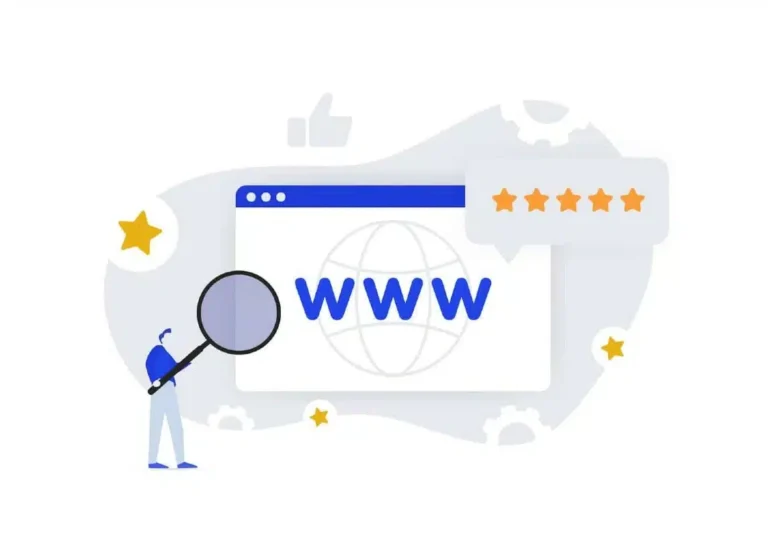
Digital assets have revolutionized the financial landscape, offering new opportunities for investment, ownership, and economic participation. At the forefront of this transformation is biitland.com, a platform dedicated to educating and empowering individuals in the realm of cryptocurrencies and digital assets.
Understanding Digital Assets
Digital assets are electronic files or records that hold value and can be owned or controlled. They encompass a wide range of items, including cryptocurrencies like Bitcoin and Ethereum, digital art, music files, and even virtual real estate. Unlike traditional physical assets, digital assets exist in a virtual space and are often managed using blockchain technology.
The Role of Blockchain Technology
Blockchain serves as the underlying technology for many digital assets. It is a decentralized ledger that records transactions across a network of computers, ensuring transparency and security. Each block contains a list of transactions, and once added, it cannot be altered, providing an immutable record. This technology eliminates the need for intermediaries, allowing for peer-to-peer transactions and reducing costs.
Cryptocurrencies: The Pioneers of Digital Assets
Cryptocurrencies are digital or virtual currencies that use cryptography for security. Bitcoin, introduced in 2009, was the first cryptocurrency and remains the most well-known. Following Bitcoin, numerous other cryptocurrencies, collectively known as altcoins, have been developed, each with unique features and use cases. These digital currencies can be used for various purposes, including online purchases, investment, and as a means of transferring value across borders.
Tokenization: Bridging Physical and Digital Worlds
Tokenization involves converting rights to an asset into a digital token on a blockchain. This process allows physical assets, such as real estate or art, to be divided into smaller shares, enabling fractional ownership. Investors can purchase tokens representing a portion of the asset, providing liquidity and access to markets that were previously out of reach for many individuals.
Stablecoins: Stability in the Digital Economy
Stablecoins are a type of cryptocurrency designed to maintain a stable value by being pegged to a reserve asset, such as a fiat currency like the US dollar. This stability makes them suitable for everyday transactions and as a store of value, addressing the volatility commonly associated with other cryptocurrencies. Stablecoins combine the benefits of digital currencies with the stability of traditional financial systems.
Non-Fungible Tokens (NFTs): Unique Digital Collectibles
Non-Fungible Tokens, or NFTs, are digital assets that represent ownership of a unique item or piece of content, such as digital art, music, or virtual real estate. Unlike cryptocurrencies, which are fungible and can be exchanged on a one-to-one basis, each NFT has distinct properties and value. The rise of NFTs has created new opportunities for artists and creators to monetize their work in the digital space.
Decentralized Finance (DeFi): Redefining Financial Services
Decentralized Finance, commonly known as DeFi, refers to a system where financial products are available on a public decentralized blockchain network, making them open to anyone without relying on traditional financial institutions. DeFi platforms offer services such as lending, borrowing, and trading without intermediaries, often through the use of smart contracts. This innovation aims to create a more inclusive and transparent financial system.
Smart Contracts: Automating Agreements
Smart contracts are self-executing contracts with the terms directly embedded in code. They automatically enforce and execute the terms of an agreement when predefined conditions are met, reducing the need for intermediaries and increasing efficiency. Smart contracts are utilized in various applications, including DeFi platforms, supply chain management, and digital identity verification.
Security and Risks in Digital Assets
While digital assets offer numerous benefits, they also come with risks. Security is paramount, as digital assets are susceptible to hacking and fraud. Users must employ robust security measures, such as using hardware wallets and enabling two-factor authentication. Additionally, the regulatory environment for digital assets is continually evolving, and investors should stay informed about legal developments to ensure compliance.
The Future of Digital Assets
The digital asset landscape is rapidly evolving, with continuous innovations and increasing adoption across various sectors. As technology advances, digital assets are expected to become more integrated into everyday life, influencing how we conduct transactions, own property, and interact with digital content. Platforms like biitland.com play a crucial role in educating and guiding individuals through this dynamic environment.
biitland.com: Empowering Through Education
biitland.com digital assets is committed to demystifying the world of digital assets and cryptocurrencies. The platform offers a wealth of resources, including in-depth articles, guides, and market analyses, to help users navigate the complexities of the digital finance landscape. Whether you’re a beginner or an experienced investor, biitland.com provides valuable insights to inform your decisions.
Getting Started with biitland.com
Embarking on your digital assets journey with biitland.com is straightforward. The platform’s user-friendly interface and comprehensive resources make it accessible to individuals at all levels of expertise. By creating an account, users can access personalized content, stay updated on market trends, and explore various investment tools tailored to their interests.
Community Engagement and Support
biitland.com fosters a vibrant community of enthusiasts and experts. Through forums, webinars, and interactive sessions, users can engage with others, share experiences, and seek advice. This collaborative environment enhances learning and provides support as users navigate the evolving world of digital assets.
Conclusion
The world of digital assets is transforming how we invest, transact, and interact with financial systems. With blockchain technology at its core, digital assets offer unparalleled opportunities for growth and innovation. Cryptocurrencies, NFTs, DeFi, and tokenization are just a few examples of how this space is evolving. However, security and regulatory awareness remain crucial for participants.






